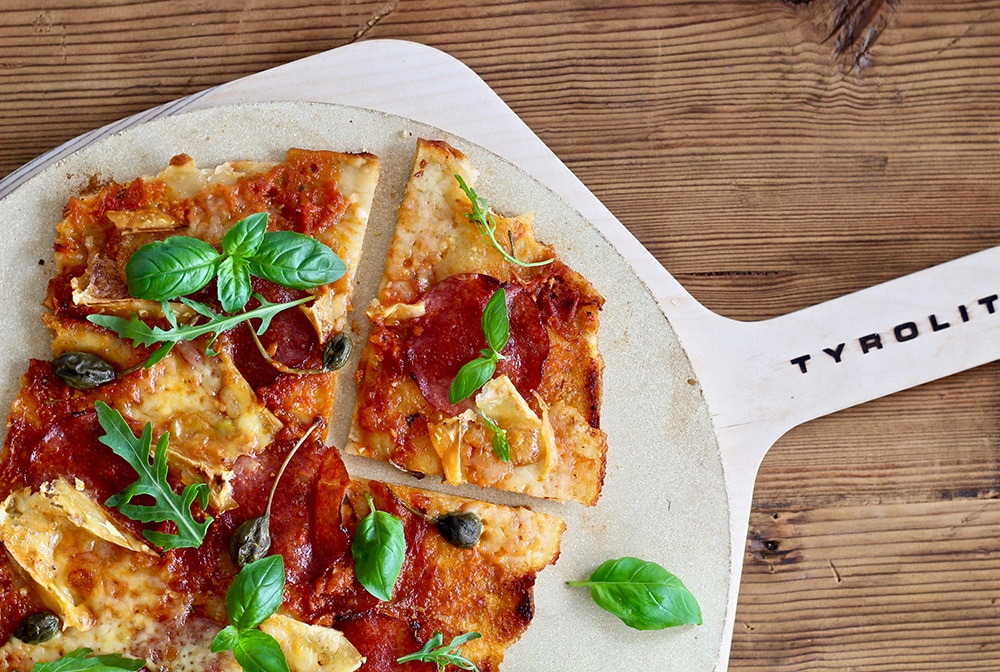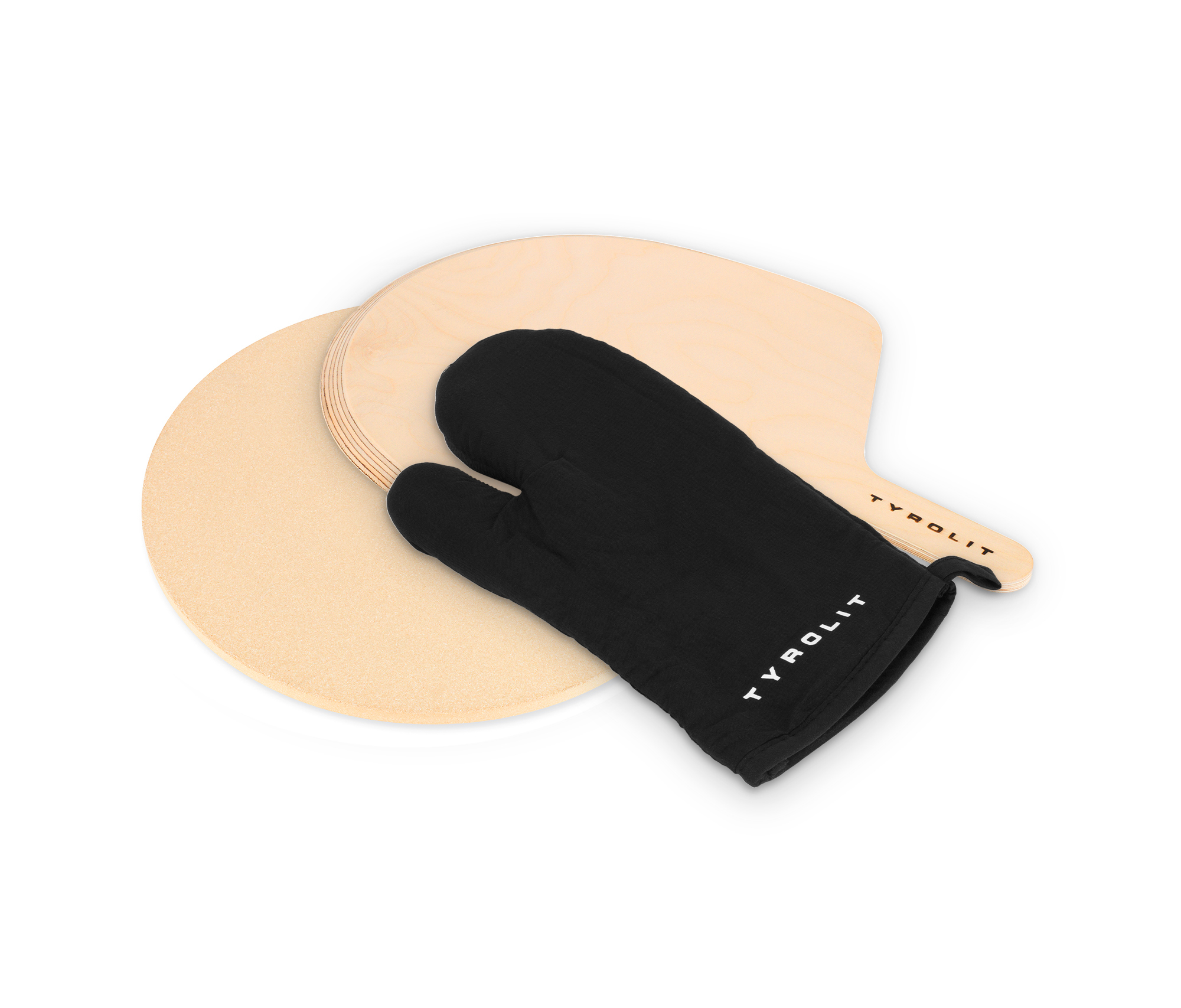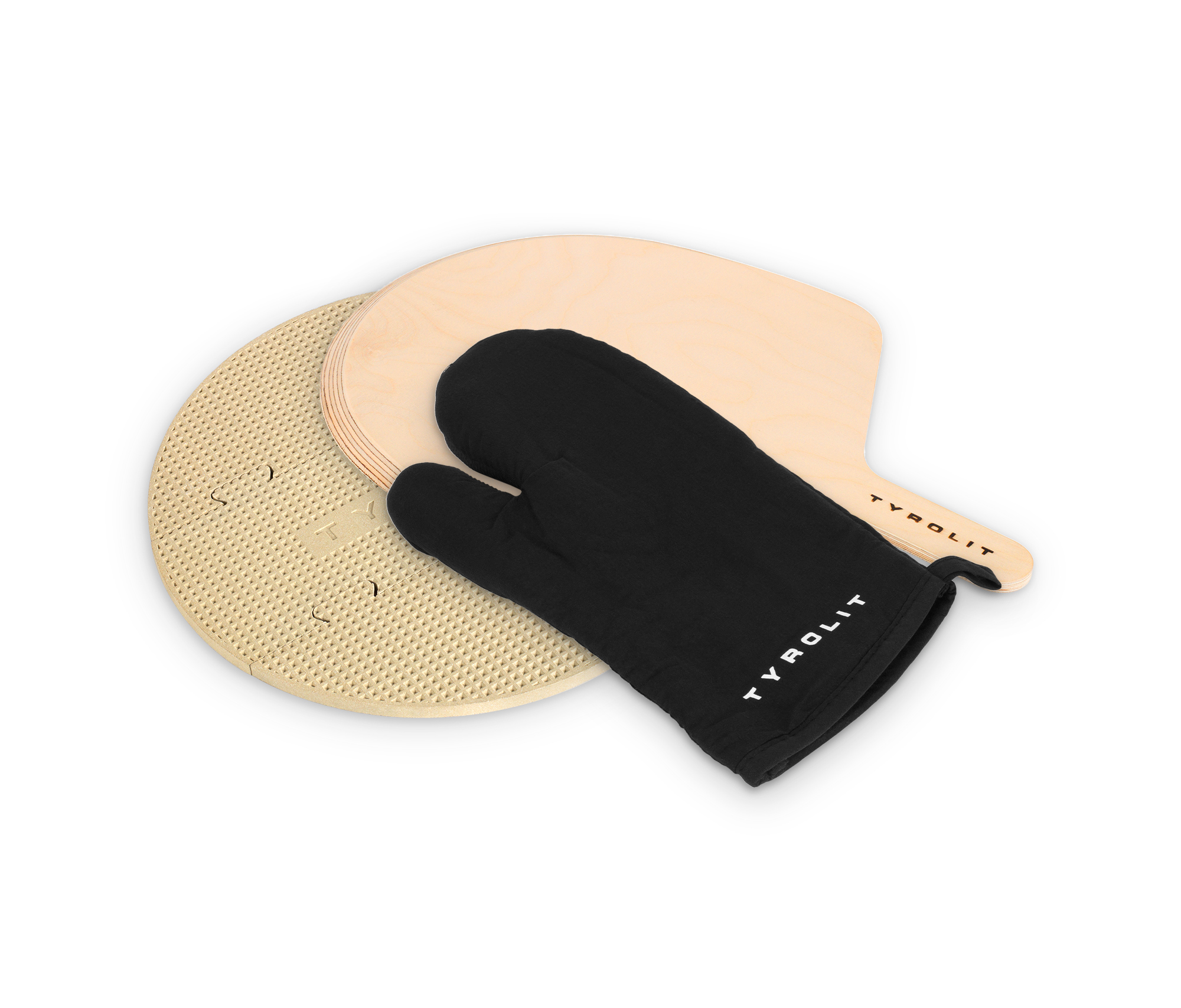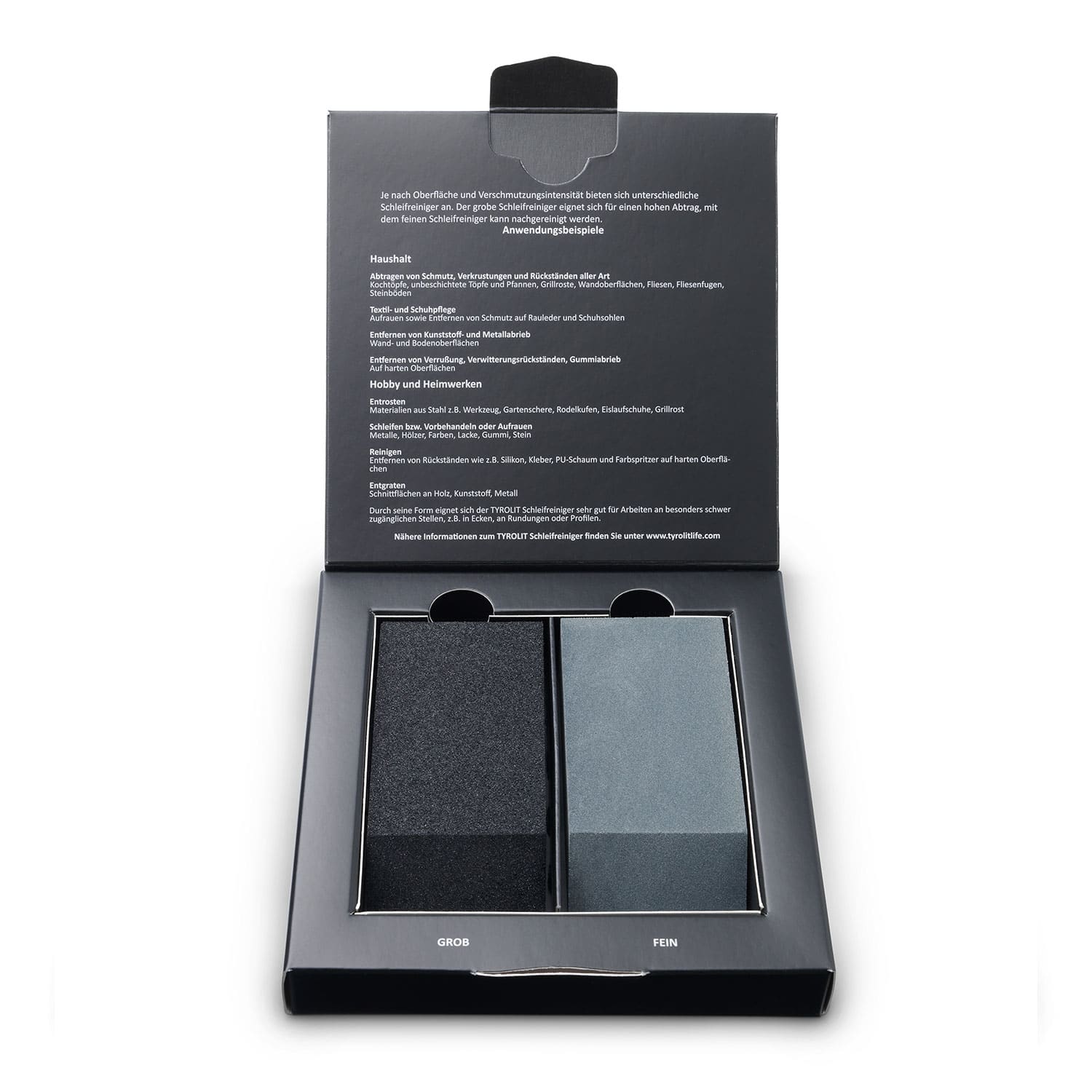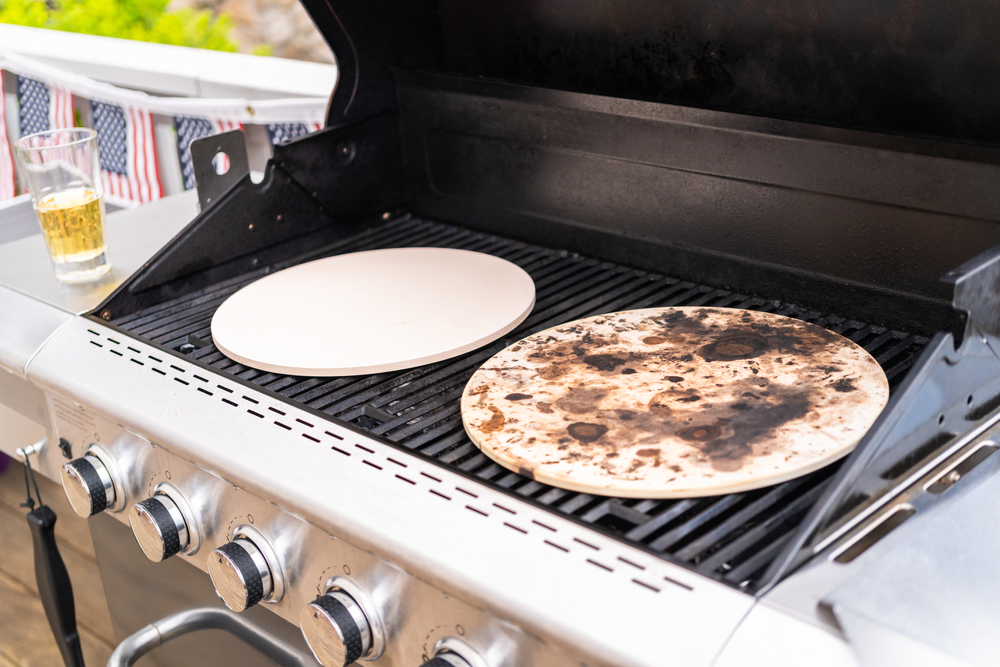Why is my pizza sticking to the pizza stone?
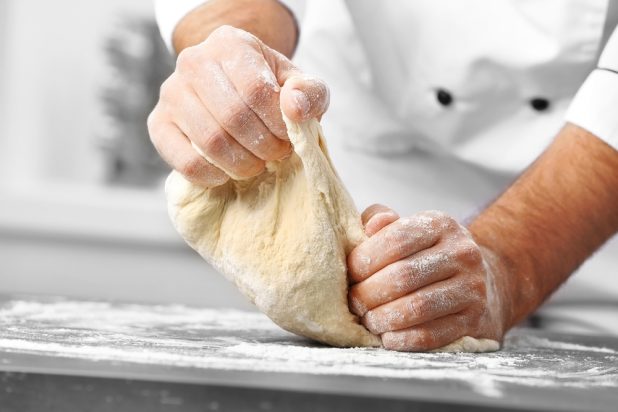
You’re anticipating a crispy pizza just like the ones from an Italian restaurant, and then the pizza sticks to the pizza stone and refuses to come off – what could be worse?
With some skill, luck and caution, you may still be able to save the pizza, but the question remains: how could this happen? And, more importantly, how can this be avoided?
In this article, we embark on a journey to troubleshoot and identify the root causes of this frustrating issue. To begin with – there are three common reasons for a pizza sticking to the pizza stone during its use:
- dough that is too moist or soggy
- missing flour on the pizza base
- too cold pizza stone
1. The dough was too wet or soaked
Pizza dough intended for baking on a pizza stone can often be moister than that which is baked on a tray with baking paper. However, if there is excessive moisture in the pizza, it can cause the dough to stick during baking.
Possibly, however, it is not a pizza dough that is too moist from the outset that is to blame for the faux pas, but a topping that is too wet. Tomato sauce, mozzarella and the like lose water – especially if the pizza is topped long before baking. The dough can then soak through and stick to the stone.
On the one hand, this can be prevented by first starting with the topping just before the pizza is to be placed on the pizza stone. In addition, you should avoid parts of the topping getting onto the pizza stone and sticking there.
It’s also important: If anything gets burned onto the pizza stone, it’s essential to remove the residues as thoroughly as possible to prevent sticking in the future. Stains, however, are normal and over time will form a natural patina.
2. There was no flour on the pizza base
Flour is not only required in the dough – it should also be sprinkled underneath. Coarse flour or semolina work perfectly for this, serving to prevent the dough from sticking, both under the pizza and, when thinly spread, on the pizza peel.
3. The pizza stone wasn’t hot enough
Patience when baking with the pizza stone on the grill or in the oven pays off. Because even if the baking process itself is surprisingly fast, the stone must first be brought to temperature.
The length of time a pizza stone needs to preheat depends on the brand, the material it is made from, and its thickness. Generally, you should account for a preheating duration of between 30 and 45 minutes, during which the pizza stone is initially placed in a cold oven or grill and then heated right from the start. The oven is typically set to a temperature ranging between 230 and 250 °C, while for grilling, temperatures around 300 °C are not uncommon.
Some pizza stones have a special surface structure on the underside – such as the waffle structure on the Tyrolit Life pizza stone – which makes heating up particularly effective. Nevertheless, a fully heated pizza stone is a prerequisite for baking a delicious and crispy pizza.
Cordierite pizza stone – All details about the material
In this article, we delve into the world of pizza baking, with an emphasis on the traditional pizza stone that forms the basis for crispy, delicious pizzas. You will also learn about the benefits of cordierite.
FAQs
How does the pizza not stick to the pizza stone?
Should you oil a pizza stone?
Why is my pizza sticky?
Cleaning Your Pizza Stone – 7 Tips for Keeping It Clean
How do you clean a pizza stone? Fortunately, it's not at all difficult to get the pizza stone clean again. The principle is: less is more! To ensure the few steps needed for cleaning the pizza stone are effectively applied, we have put together 7 useful tips for you here.

